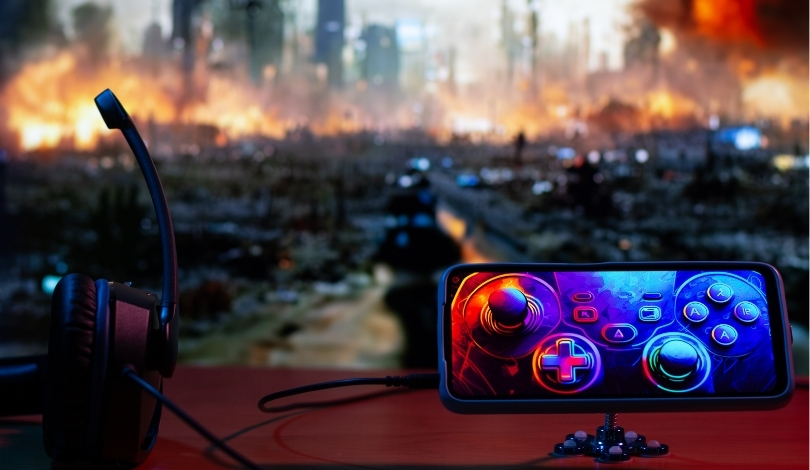Virtual reality technology continues to evolve, with a variety of headsets vying for dominance in the market. Recent evaluations reveal that while high-end VR devices offer superior specifications, they often fall short in user experience compared to more affordable options like Meta’s Quest series. Users are weighing the balance between technical prowess and practical usability in their VR setups.
The current landscape of VR headsets shows a clear competition between established brands like Meta and newer entrants striving to offer enhanced features. While Meta’s Quest 3 provides a user-friendly and accessible experience, high-end models from companies such as Pimax and HTC offer higher resolutions and broader fields of view. This comparison highlights the ongoing debate among consumers regarding the best value for their investment.
Are High-End VR Headsets Worth the Extra Cost?
High-end VR headsets like the Pimax Crystal Light boast impressive specifications, including a resolution of 2880 x 2880 per eye and a wider field of view. However, these devices often come with drawbacks such as increased weight and cumbersome cables, which can detract from the overall user experience. For many, the marginal improvement in visual quality does not justify the additional expense and inconvenience.
How Do New VR Models Compare to Meta’s Quest?
Newer models like the HTC Vive Focus Vision offer competitive features, including high-resolution displays and lossless PCVR quality via DisplayPort. Despite these advancements, they still rely on older processing units and add-ons like base stations, which can make them feel outdated compared to Meta’s integrated and streamlined Quest series. This comparison underscores the challenges high-end headsets face in matching the ease of use and affordability of Meta’s offerings.
What Are the Main Challenges for Premium VR Devices?
Premium VR devices encounter several obstacles, including ergonomic issues and the need for more complex setups. The weight of the headsets and the necessity of bulky cables can make prolonged use uncomfortable, limiting their appeal to a broader audience. Additionally, the significant investment required for high-end models restricts their market to niche users, making widespread adoption difficult.
While high-end VR headsets continue to push the boundaries of technology, the practical aspects of comfort and ease of use play a crucial role in their acceptance among consumers. The dominance of Meta and Bytedance in the VR market, backed by substantial investments, further complicates the landscape for smaller companies striving to innovate and compete effectively.
Balancing advanced features with user-friendly designs remains a critical factor for the success of premium VR headsets. As the mid-range market grows and offers more accessible options, high-end devices must find ways to enhance their practicality without compromising on the technological advancements that set them apart.
The ongoing evolution of VR technology suggests that future developments will likely focus on improving both the technical specifications and the user experience. Consumers will continue to seek headsets that offer the best combination of performance, comfort, and value, shaping the direction of the VR market in the years to come.
- High-end VR headsets offer superior specs but face usability challenges.
- Meta’s Quest series remains a popular choice due to affordability.
- Balancing technology and user experience is key for VR success.










